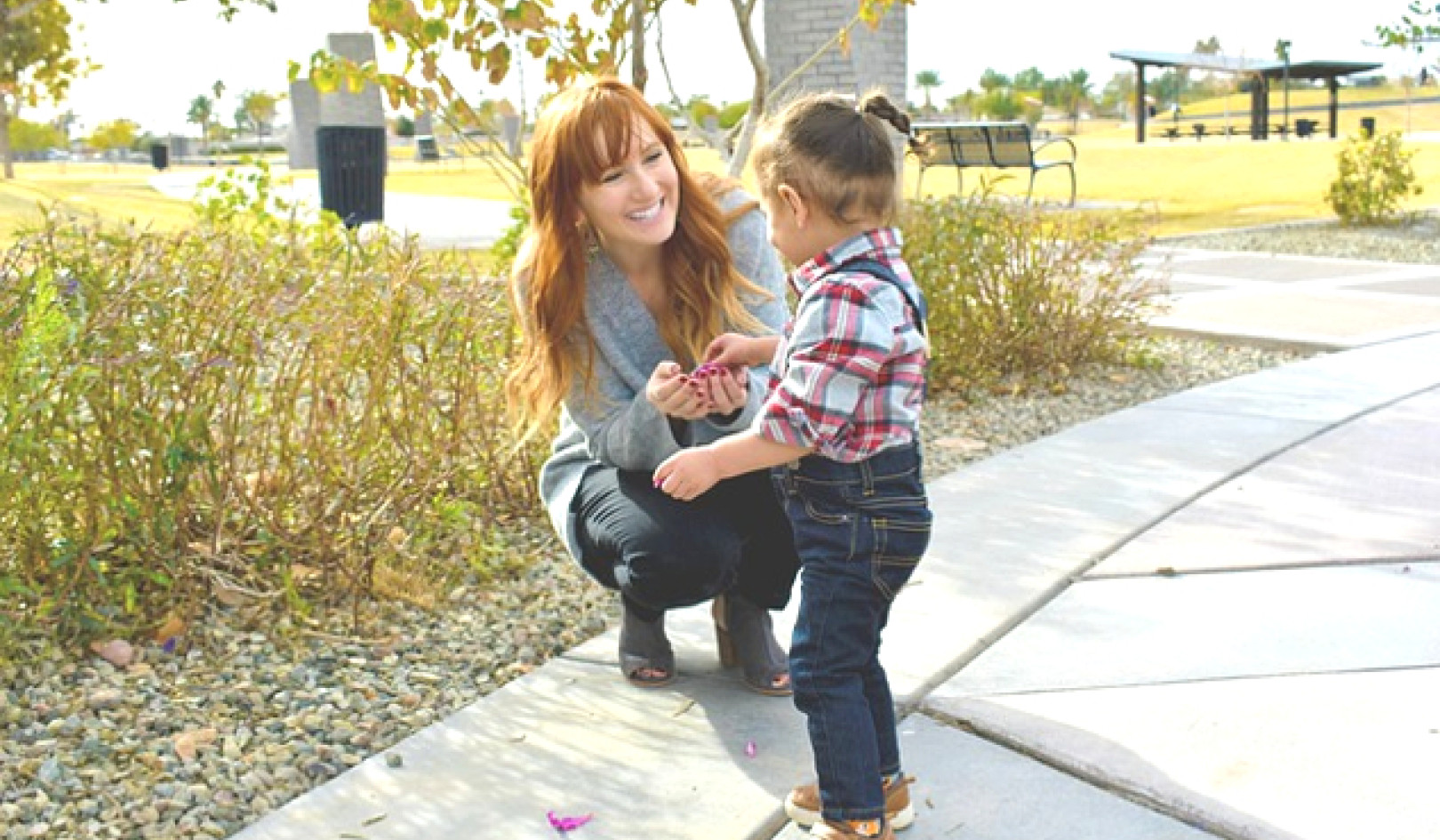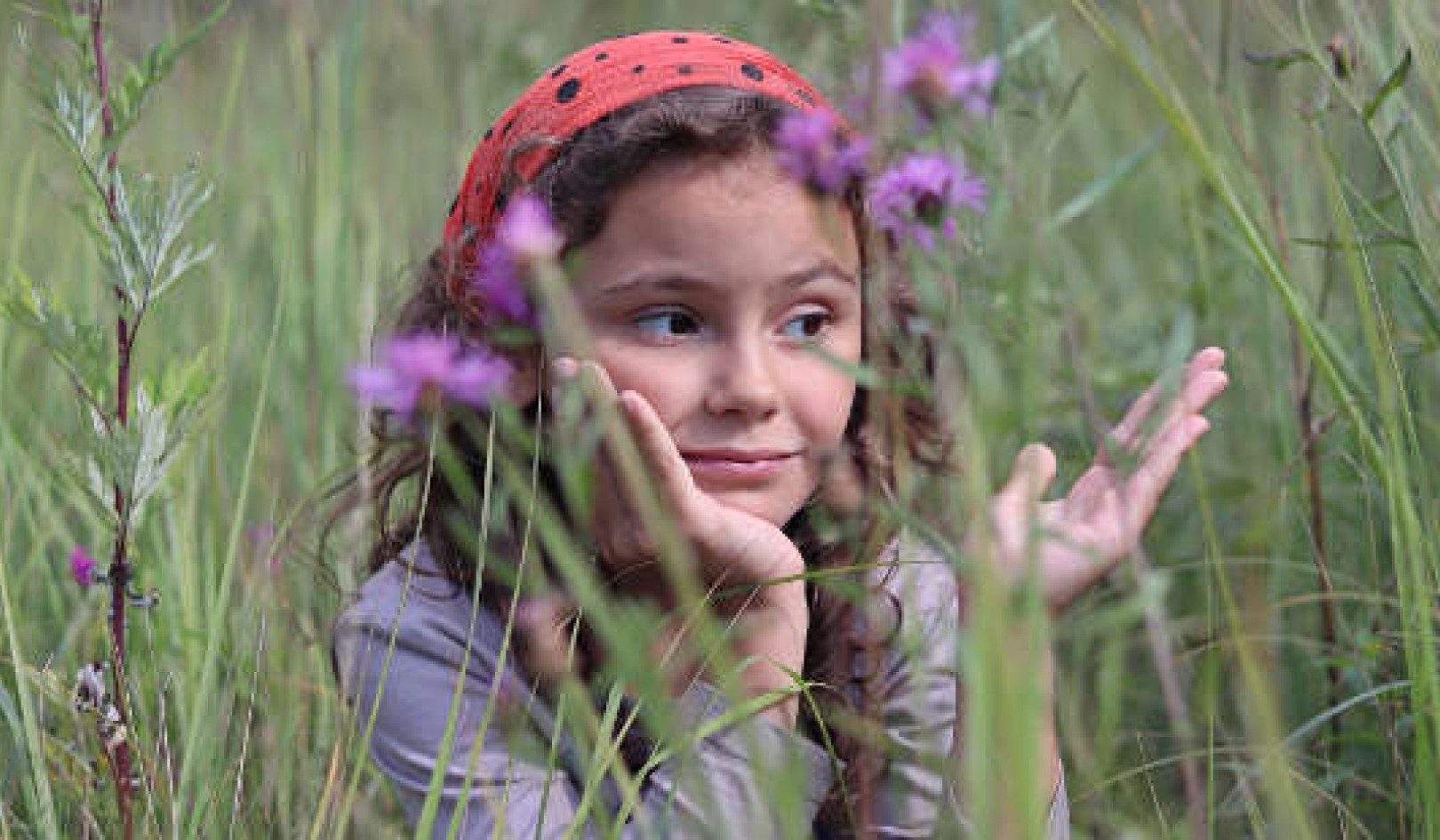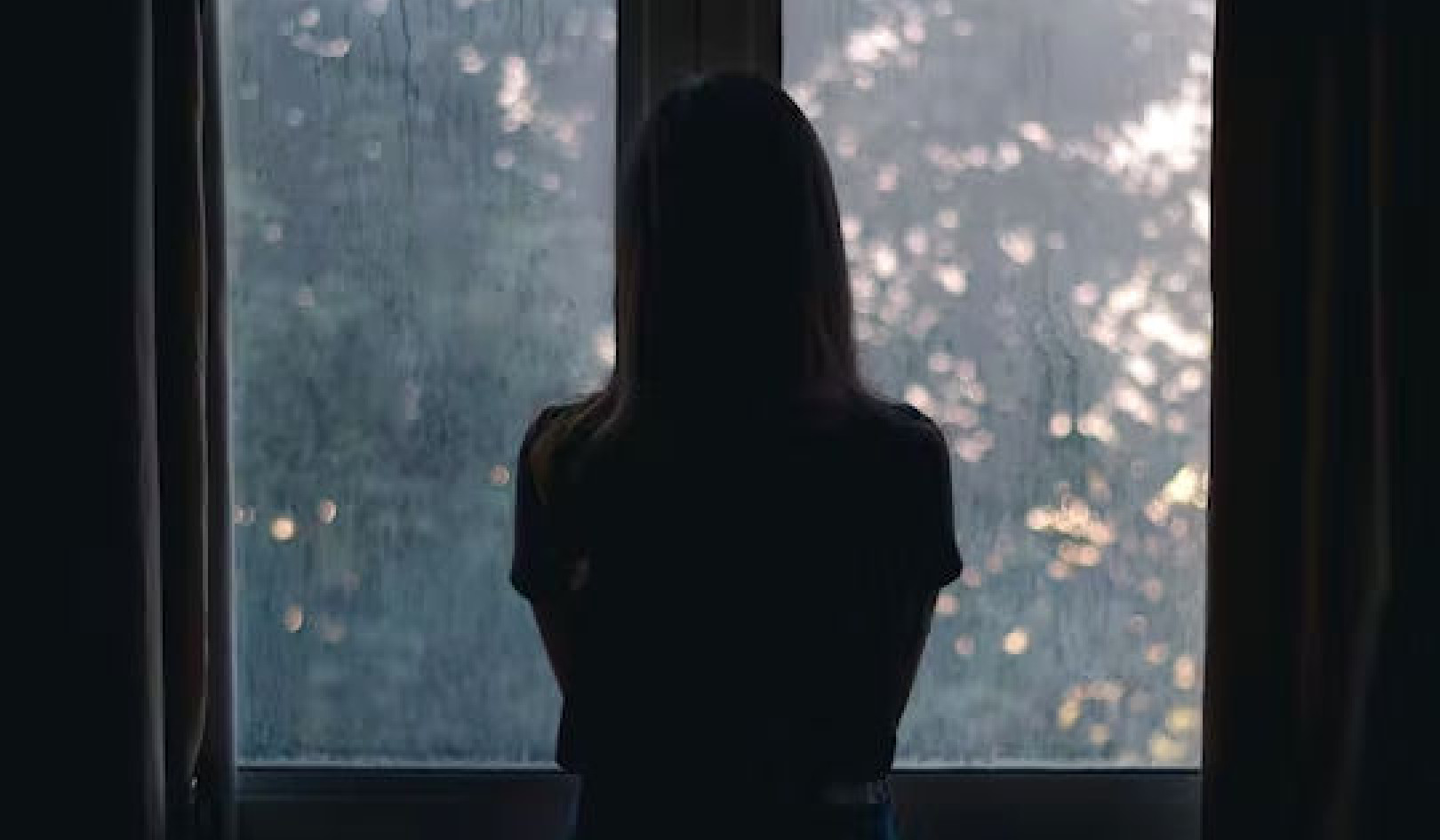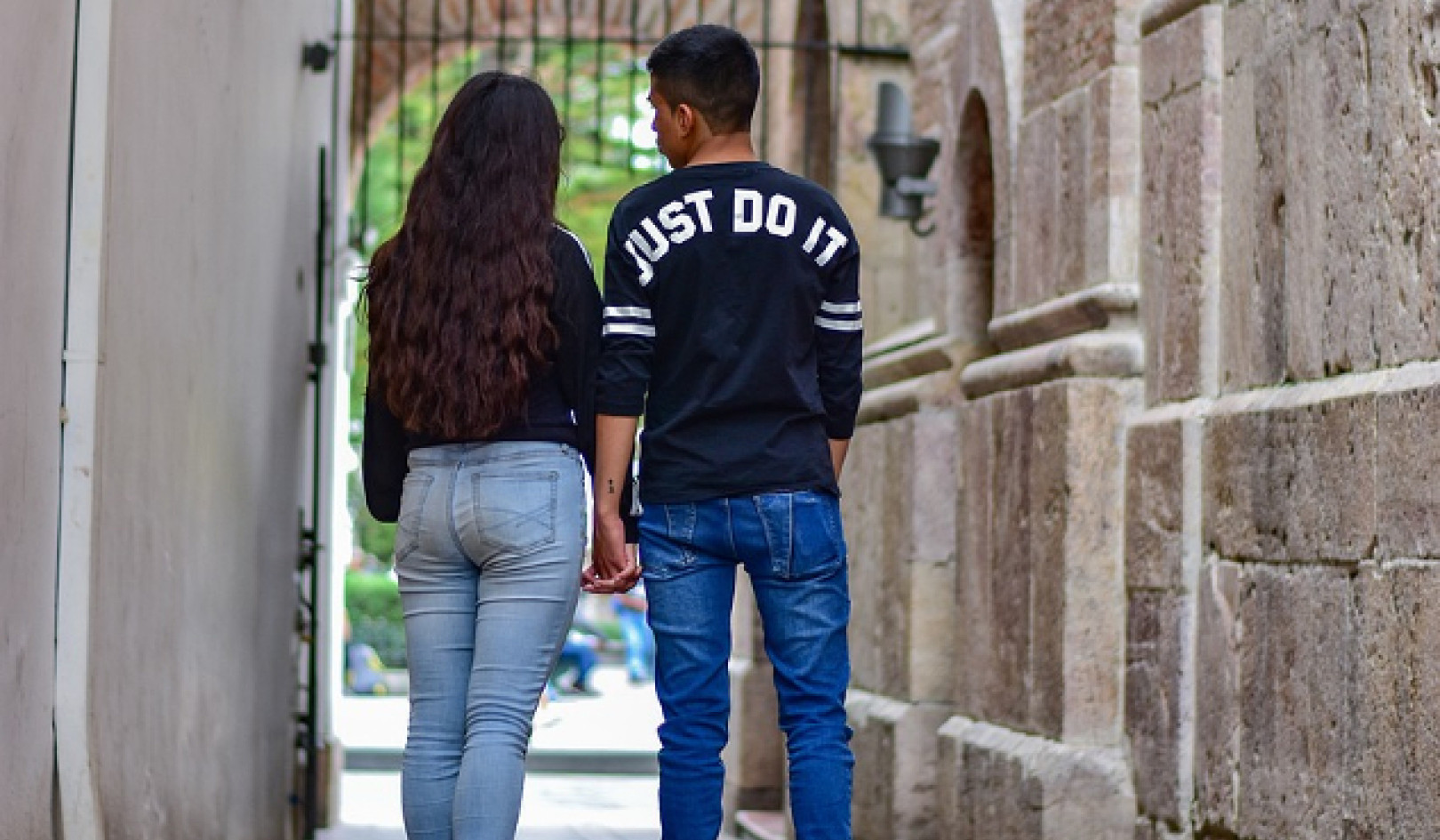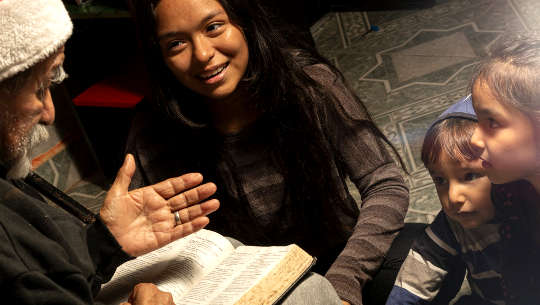
Image by Candelario Gomez Lopez
Narrated by the Author.
After a year of closed schools, canceled activities, and missed student milestones, there is finally good news about COVID vaccines and a return to normal. Even as they welcome visiting grandparents, school sports, and in-person birthday parties, however, parents are asking themselves if the kids really will be all right.
Remote learning and social isolation have taken a toll on school-age children, especially adolescents. It there anything parents can do to rebuild their children’s resilience and self-confidence? One approach that addresses the challenges families face today comes down to a familiar but often overlooked tradition — sharing stories about older relatives and their experiences.
According to Dr. Marshall P. Duke, a professor of psychology at Emory University, this activity correlates with children developing “higher levels of self-esteem, a belief in one’s own capacity to control what happens to him or her, better family functioning, lower levels of anxiety, fewer behavioral problems, and better chances for good outcomes.”
It turns out that these much-desired outcomes can be obtained from simply sharing stories of older family members’ lives with young people. This regular sharing of family stories has profound and long-lasting consequences that benefit children and adolescents at every stage of life.
Do You Know?
For the past two decades, Dr. Duke and his colleagues at Emory’ Family Narratives Lab have studied the impact that regularly hearing family stories has on children. As part of its research, the team developed a 20-question “Do You Know” scale to consistently measure the level of information that children have about their family history and the lives of older relatives. experiences.
The “Do You Know” questions assess the depth of family history and personal background children have acquired through hearing stories. This includes simple factual details such as, “Do you know where some of your grandparents grew up?” and “Do you know how your parents met?”
Other questions delve more into family culture and the child’s sense of identity, such as “Do you know the source of your name?” and “Do you know which person in the family you act most like?”
One important area of questioning reflects the family’s willingness to share stories about difficult times and past challenges, along with happy and ambiguous memories. For example, “Do you know some of the illnesses and injuries that your parents experienced when they were younger?” “Do you know some of the lessons that your parents learned from good or bad experiences?” And “Do you know some things that happened to your mom or dad when they were in school?”
The Intergenerational Self and Resilience
Answers to the 20 “Do You Know” questions are used to gauge how much children have learned about their family history, including its culture and its characters.
As the Emory research team reports, children with a high score on the Do You Know questions are more likely to have “a strong sense of what we have called the intergenerational self. It is this intergenerational self and the personal strength and moral guidance that seem to derive from it that are associated with increased resilience, better adjustment, and improved chances of good clinical and educational outcomes.”
What can parents do to foster this sense intergenerational self and resilience in the coming year? Apply these three key techniques for sharing memorable family stories:
1. Start with the questions children and teens naturally want to ask.
Children of all ages are curious about their birth, infancy, and toddler years. Tell the story of how you picked their names. Did they come from a family ancestor, or were they inspired by close friendships, favorite characters in a book or a random encounter? If families had siblings, how did the brothers and sisters relate to each other growing up? Connect these pieces of information to stories about their growing up years, and to the childhood experiences you had or heard about from your parents and grandparents.
2. Include stories about challenges and disappointments, as well as happy family times.
Even before COVID struck, children growing up in the past decade have been inundated with bad news and tragic events. Hearing about how you and other older family members coped with disappointments and survived setbacks, as well as past public turmoil, is reassuring. Talking about both good and bad times provides a sense of perspective.
3. Start a new tradition of sharing and recording your family stories.
Many families don’t have a tradition of regular story sharing over dinner or during holidays. Now is a perfect time to start that habit as we celebrate gathering in person again. Involve everyone in the family in your own list of “Do You Know” questions, and ask a few of them at every family gathering, whether it’s in person or online. Your children will be building resilience and a strong sense of self with every story they hear.
Copyright 2021 by Mary J. Cronin. All Rights Reserved.
About the Author
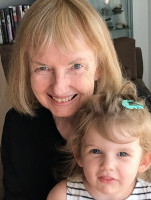 Mary J. Cronin, Ph.D., is an advisor for Write the Family, an intergenerational family storytelling program affiliated with Write the World. She is a Research Professor at Boston College School of Management, and the President of 4Q Catalyst. She serves as a nonprofit director of the Boston Authors Club, the Encore Boston Network, and the Center for Ageless Entrepreneurs, and has authored 12 books on managing digital innovation and social impact.
Mary J. Cronin, Ph.D., is an advisor for Write the Family, an intergenerational family storytelling program affiliated with Write the World. She is a Research Professor at Boston College School of Management, and the President of 4Q Catalyst. She serves as a nonprofit director of the Boston Authors Club, the Encore Boston Network, and the Center for Ageless Entrepreneurs, and has authored 12 books on managing digital innovation and social impact.
For more info, visit the Write the World website.
Related Book
From Generation to Generation: Healing Intergenerational Trauma Through Storytelling
by Emily Wanderer Cohen
 This book is part memoir and part self-discovery. In From Generation to Generation: Healing Intergenerational Trauma Through Storytelling, Emily Wanderer Cohen connects the dots between her behaviors and choices and her mother’s Holocaust experiences. Most children and grandchildren of Holocaust survivors felt the omnipresence of the Holocaust throughout their childhood and for many, the spectre of the Holocaust continues to loom large through the phenomenon of “intergenerational” or “transgenerational” trauma.
This book is part memoir and part self-discovery. In From Generation to Generation: Healing Intergenerational Trauma Through Storytelling, Emily Wanderer Cohen connects the dots between her behaviors and choices and her mother’s Holocaust experiences. Most children and grandchildren of Holocaust survivors felt the omnipresence of the Holocaust throughout their childhood and for many, the spectre of the Holocaust continues to loom large through the phenomenon of “intergenerational” or “transgenerational” trauma.
In a series of vivid, emotional?and sometimes gut-wrenching?stories, the author illustrates how the Holocaust continues to have an impact on current and future generations. Plus, the prompts at the end of each chapter enable you to explore your own intergenerational trauma and begin your healing journey.
For more info and/or to order this book, click here. Also available as a Kindle edition.



















